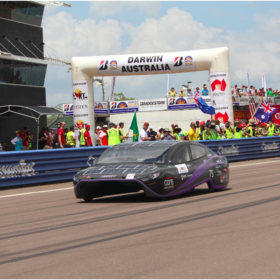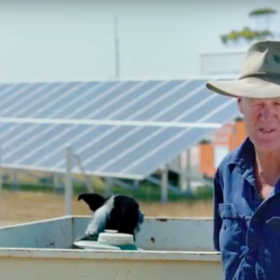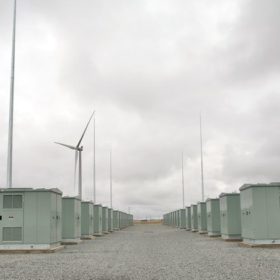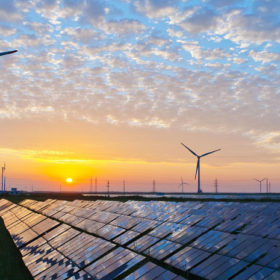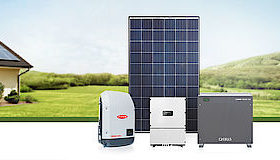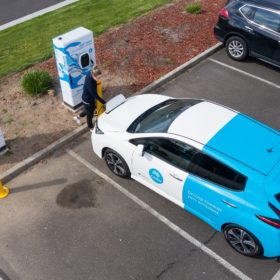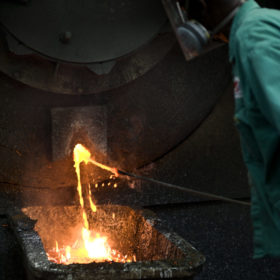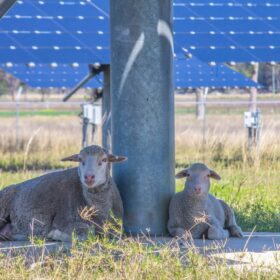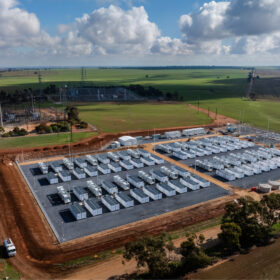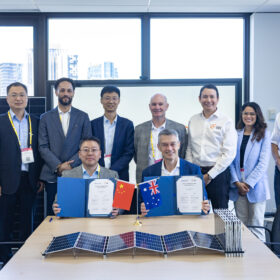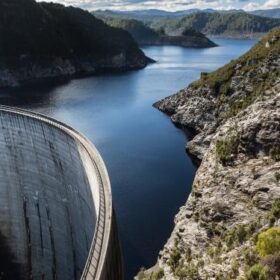Old and new challenges at Bridgestone World Solar Challenge
Following significant changes to the regulations, all participants in the upcoming Bridgestone World Solar Challenge will need to go an extra mile to reach one of only two recharging stops on their way from the Top End to Adelaide. Following final scrutineering to ensure the vehicles are built to the regulations, the UNSW Sunswift solar car team is feeling extra confident for the race in its upgraded four-seater VIolet.
New controversial standard for battery storage sector
Two years after scrapping a draft that threatened to effectively ban the installation of lithium-ion batteries in Australian homes and garages, a new standard for battery storage sector has been released. While billed as a necessary safety measure for consumers, the new standard may make business and installation more complex for the battery storage sector.
Federal government launches $50 million microgrid funding program
Up to $20 million of grants will be awarded for microgrid feasibility studies across Australia through the first round of the Federal Government’s Regional and Remote Communities Reliability Fund. The fund aims to provide more secure, affordable and reliable power to regional communities and save “hundreds of millions of dollars” on network upgrades.
South Australia’s third big battery energized
Renewables developer Infigen has announced that the 25MW/52MWh Tesla battery at the Lake Bonney wind farm has been energised and registered with AEMO. The battery is expected to be fully commissioned by the year’s end.
Wind testing, specifications in focus as tracker deployment surges
Single-axis tracker deployment has increased dramatically in the past two-to-three years, both in terms of the number of PV plants adopting the technology and the sheer size of some tracking systems. Given this, durability in the face of high wind loads has been brought into sharp focus with new testing and calculation methods providing more certainty for EPCs, owners and investors.
Australia is transitioning to clean energy the hard way, Grattan Institute report shows
Public policy think-tank Grattan Institute has released a new report on energy policy, or lack thereof. The report, entitled Power Play: How governments can better direct Australia’s electricity market, makes a comprehensive overview of the current state of affairs and makes concerted recommendations.
“I said ‘Lord Howe!’” Iconic island to receive solar + battery storage installation
Lord Howe Island is set to finally receive a solution to its energy problems with the installation of a solar + battery storage system that will reduce its reliance on diesel fuel.
Q Cells launches fully integrated residential solar power system
South Korean solar module maker Hanwha Q Cells has launched Q.Home in Australia, its new integrated residential solar power system which has seen success in the European market.
New solar-powered EV charging stations to alleviate grid stress during peak periods
The new solar-powered EV charging stations with integrated energy storage are designed to support electric vehicles even in the height of summer. The technology is developed by Australia’s national science agency in collaboration with Nissan Australia and Delta Electronics and backed by funding from the Victorian Government.
Do lead batteries have a role in the clean energy transition?
The Consortium for Battery Innovation has outlined research goals for advanced lead-based battery concepts, claiming the potential of the technology is “nowhere near fully exploited”. The group, comprised of lead-battery industry stakeholders, says such devices can play an important role alongside lithium-ion and other storage technologies in electric vehicles, renewable energy storage and other applications.
